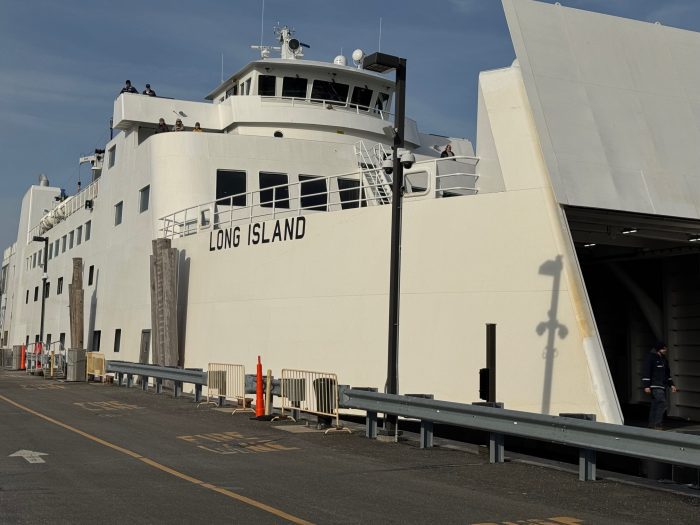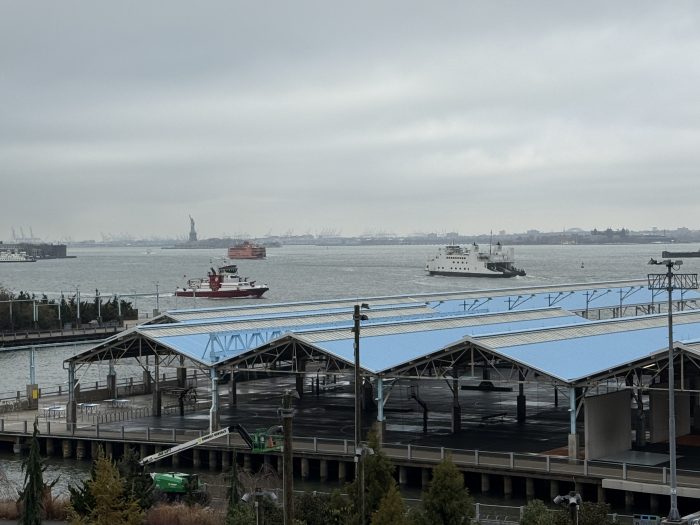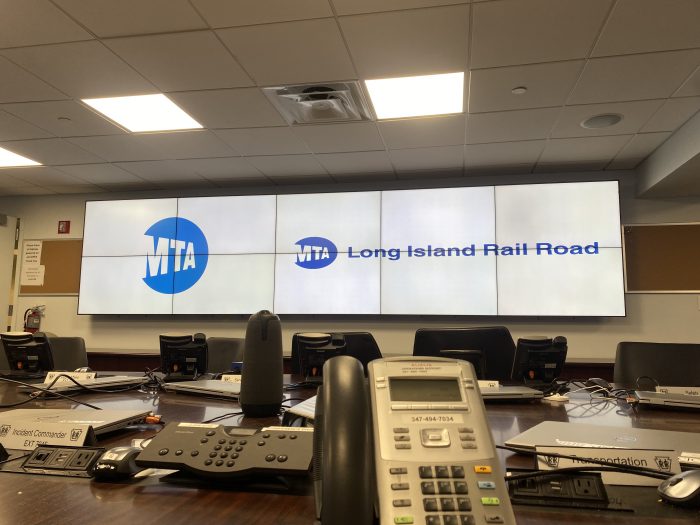By Dylan Friedman
Suffolk County’s red-light camera program officially ceased on Dec. 1.
The program generated hundreds of millions of dollars in fines and fees since its inception 14 years ago.
“The intent for it was to make things safer for our roads,” Suffolk County Legislator Robert Trotta (R-Fort Salonga) said.
However, despite the original intent, the program’s effectiveness has been a frequently contentious issue. Supporters emphasize a decline in severe accidents and fatalities as proof of its success. Conversely, detractors argue it has led to an uptick in rear-end collisions due to individuals stopping suddenly to avoid camera detection. Critics also label it a “cash grab” for the county, which reported earning approximately $13 million from the program in 2023.
In a recent CBS News report, county data showed an 11.3% drop in accidents with injuries and an 8.6% overall increase in crashes.
“The data showed that the rear-end accidents skyrocketed in those intersections [where the cameras were placed],” Trotta said.
According to Newsday, while Suffolk County had independently decided to terminate its red-light camera program, the decision swiftly followed a recent appellate court ruling invalidating Nassau County’s $100 surcharge on top of the standard $50 red-light camera ticket. The court found that Nassau County’s surcharge violates state law. It is worth noting that Suffolk County also previously collected a similar surcharge until 2023.
“If I saw road improvements or it went back to the school system, it would make me feel better about paying for these tickets,” said Nicholas Harding of East Patchogue in a CBS News interview.
Nassau County intends to challenge the recent court ruling that invalidated the county’s ability to levy surcharges on red-light camera tickets. Notably, the county’s red-light camera program remains operational during this appeal process.
However, according to a Fox News report, the recent appellate court ruling regarding the collection fees from these red-light cameras could potentially entitle drivers to “hundreds of millions of dollars,” although the exact amount remains uncertain.
“The purpose of the lawsuit is to get back every dime that was paid in excess of the statutory amount of $50 and $25 in Suffolk. In Nassau, it was even worse. It was an extra $100,” attorney David Raimondo said in a recent statement. “I’m hoping the residents of Nassau and Suffolk have some sense of justice … let’s hope they’re happy when they get their refunds.”
So, if the recent ruling is not directly related to the ending of the red-light camera program in Suffolk County, why else is the program ending?
According to Newsday, although former Assemblyman Fred W. Thiele Jr. (D-Sag Harbor) sponsored an extension bill in the state assembly, no member of Suffolk’s senate delegation, comprised of four Republicans and one Democrat, introduced a corresponding extension bill prior to the adjournment of the last legislative session in June.
Additionally, according to Newsday, extending the program in Suffolk County would have required approval from both the county and state legislatures, a process that would have occurred during an election year, potentially increasing complexity and political considerations.














